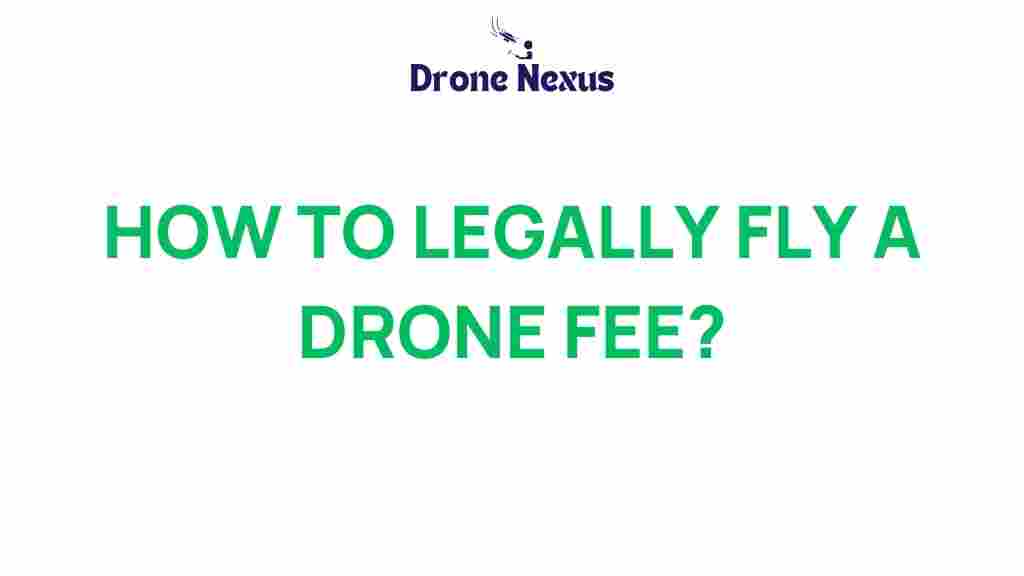Drone Regulations: A Comprehensive Guide to Flying Legally and Affordably
In recent years, drones have soared in popularity, not just for recreational use but also for commercial applications. However, with this rise in usage comes a host of drone regulations that every pilot must understand to fly legally and safely. This article will guide you through the essential steps to fly a drone without breaking the bank, ensuring you remain compliant with all relevant regulations.
Understanding Drone Regulations
Before you take to the skies, it’s crucial to familiarize yourself with the drone regulations specific to your country and region. In the United States, the Federal Aviation Administration (FAA) governs drone operations. Other countries have their own set of rules, often established by their respective aviation authorities. Here are a few key points to consider:
- Registration: Most countries require drone registration if your drone exceeds a certain weight limit. In the U.S., drones weighing over 0.55 pounds must be registered.
- Altitude Limits: In the U.S., recreational drones are limited to a maximum altitude of 400 feet.
- Airspace Restrictions: Understanding where you can and cannot fly is crucial. Certain areas, such as near airports or military installations, are off-limits.
- Visual Line of Sight (VLOS): Pilots must maintain a visual line of sight with their drones at all times.
Cost-Effective Ways to Fly Legally
Flying a drone doesn’t have to be an expensive endeavor. Here are some budget-friendly tips to ensure you can enjoy your flying experience without breaking the bank:
1. Choose the Right Drone
Selecting a drone that fits your budget and complies with drone regulations is the first step. Here’s a quick guide to help you choose:
- Research Models: Look for drones that are known for their durability and features that comply with regulations.
- Consider Used Options: Many hobbyists sell their drones after upgrading. Platforms like eBay or local classified ads can be gold mines for budget-friendly purchases.
- Look for Sales: Keep an eye on seasonal sales or discounts from reputable retailers.
2. Understand the Costs of Registration and Certification
In many regions, registering your drone incurs a fee. For example, in the U.S., registering a drone costs $5, which covers your drone for three years. If you plan to use your drone for commercial purposes, you’ll also need to obtain a Remote Pilot Certificate, which has associated costs:
- Study Materials: Free resources are available online, but you may wish to invest in a study guide.
- Testing Fees: The FAA charges a fee (approximately $175) for the knowledge test.
3. Take Advantage of Free Resources
Education is key to understanding drone regulations and enhancing your skills as a pilot. Here are some resources:
- Online Courses: Many organizations offer free or low-cost courses on drone flying and regulations.
- Community Groups: Consider joining local drone clubs or online forums to share tips and experiences.
4. Utilize Apps for Flight Planning
Using flight planning applications can help you avoid restricted airspace and ensure compliance with drone regulations. Many apps are free and provide real-time data on airspace status.
5. Follow Local Guidelines and Updates
Always stay informed about local drone regulations as laws can change. Subscribe to newsletters from aviation authorities or follow them on social media for the latest updates.
Troubleshooting Common Issues
Even the best-laid plans can hit snags. Here are some common issues you might face while flying your drone, along with troubleshooting tips:
1. Drone Not Responding
If your drone becomes unresponsive, check the following:
- Battery Life: Ensure your battery is fully charged before flying.
- Connection Status: Check the connection between your remote and the drone.
2. Poor GPS Signal
Flying in urban areas can sometimes interfere with GPS signals. To resolve this:
- Move to a more open area, away from tall buildings.
- Wait for the drone to acquire a stronger signal before taking off.
3. Losing Drone Control
If you lose control of your drone during flight:
- Return-to-Home Feature: Use this feature if your drone has it, which allows it to return to the takeoff point automatically.
- Calibrate the Drone: Regular calibration can help prevent control issues.
Conclusion
Flying a drone can be an incredibly rewarding experience, whether for recreational purposes or professional applications. By understanding drone regulations and following the steps outlined in this article, you can enjoy flying legally and affordably. Remember to always stay updated on rules and regulations, choose the right equipment, and take advantage of resources available to you. With the right knowledge and tools, you can unlock the skies and make the most of your drone flying experience.
For further information on drone regulations, check out the FAA’s official website for the latest updates and guidelines. If you’re looking for a community to share your experiences, consider joining local forums or groups where you can learn from others and share your insights.
This article is in the category Safety and created by DroneNexus Team
